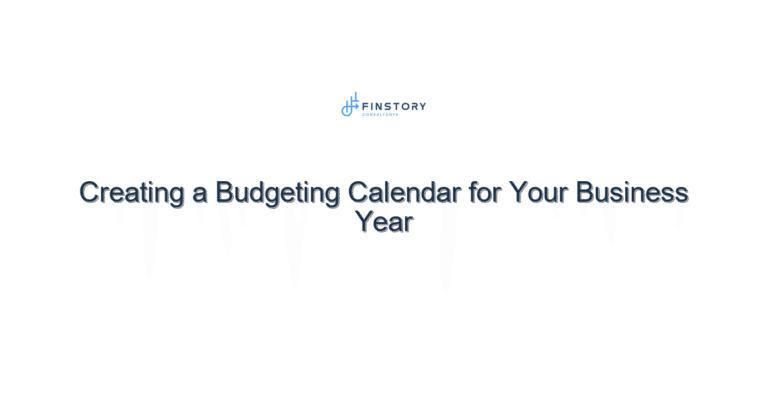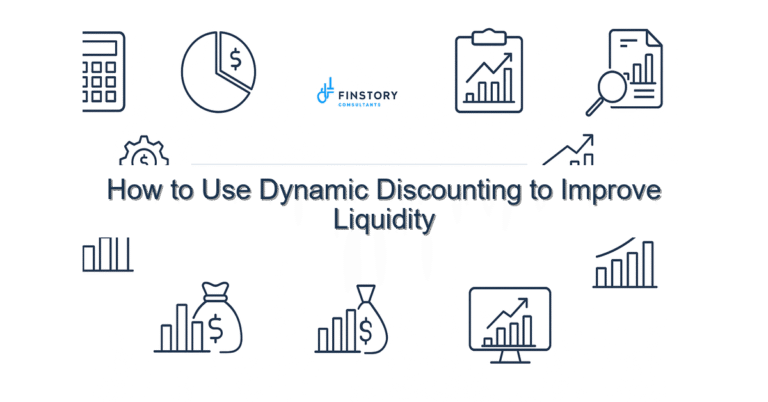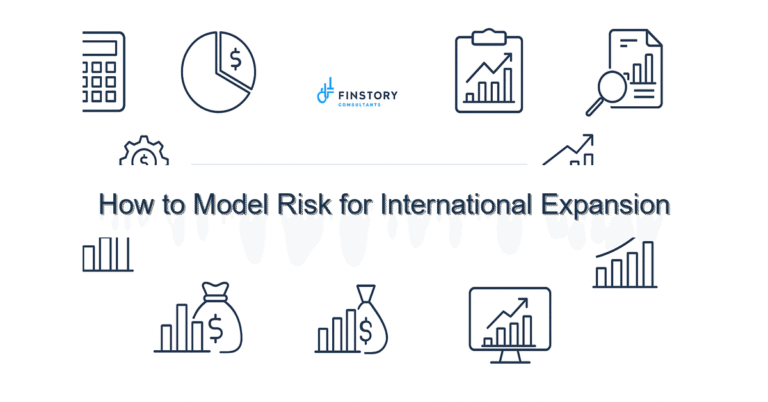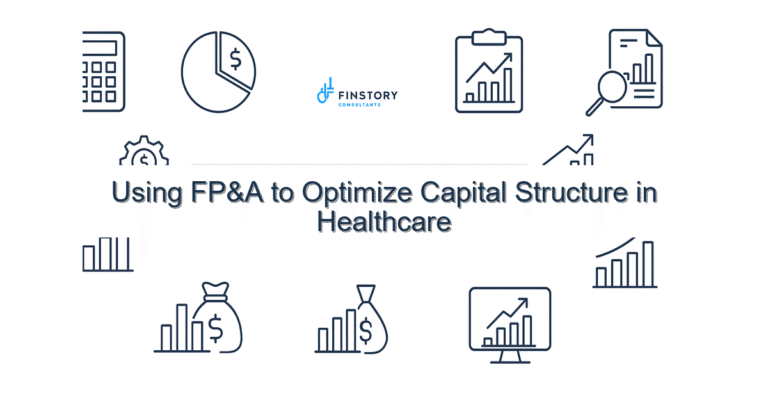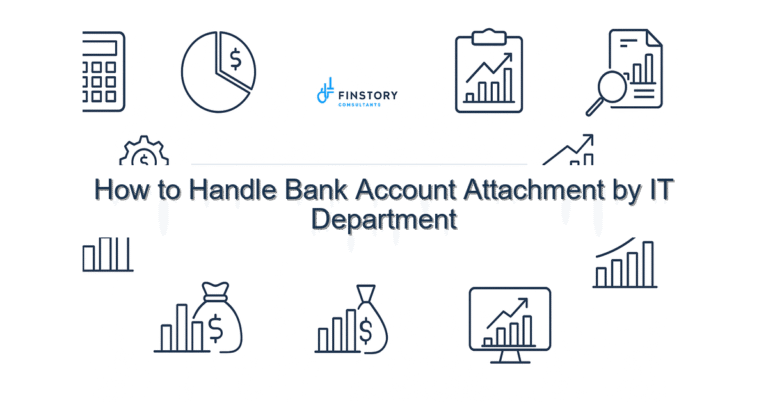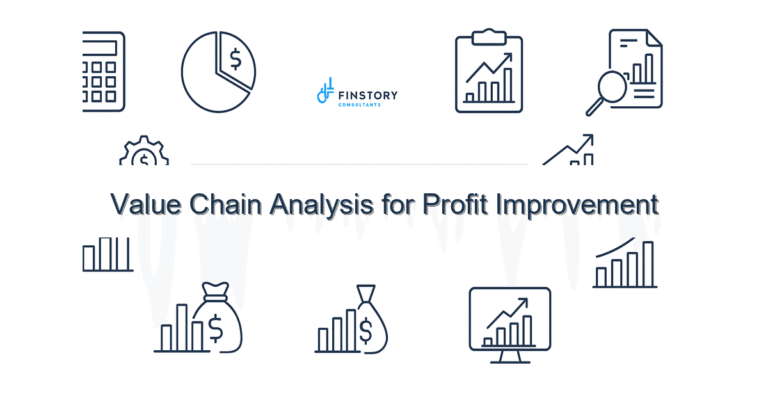Predictive Financial Modeling With External Data
You know the feeling: budgets due, volumes shifting, and months of manual adjustments that still miss the mark. Healthcare leaders are judged on accuracy you can’t always control — and that’s frustrating.
Summary: Use predictive financial modeling with external data to anticipate revenue and cost swings, reduce budget variance, and speed decision cycles. This approach turns noisy signals — payer policy, local public health trends, staffing markets — into timely forecasts that help you allocate resources with confidence.
What’s the real problem?
Forecasts in many hospitals and health systems still rely on internal trends and rules of thumb. That’s a fragile base when external forces — flu season severity, payer rate shifts, local labor markets — drive meaningful change.
- Symptoms: monthly forecasts that miss reality by 3–8% or more, especially when volumes change.
- Symptoms: long finance cycles (close and reforecasting) that eat leadership time.
- Symptoms: reactive staffing and supply purchases that spike costs.
- Symptoms: frustration from clinical and operations leaders when budgets don’t reflect local realities.
What leaders get wrong
Many leaders assume models are purely technical problems (more data = better). The real failure points are process and signal: weak data pipelines, hand-built spreadsheets, and a mismatch between model outputs and leadership needs.
Common pitfalls:
- Trusting historical internal averages as predictors during disruptive events (policy changes, pandemics, weather).
- Collecting external data without connecting it to decisions — dashboards that look pretty but don’t change actions.
- Expecting a one-off model to stay relevant; models need maintenance and governance.
A better approach — predictive financial modeling with external data
Define the outcome first: what decision will change if the forecast is different? Then bring the right external signals into a repeatable model that updates automatically.
Framework (3–5 steps):
- 1) Scope decisions and KPIs: tie forecasts to margin, FTE planning, supply spend, or cash flow.
- 2) Select external signals: choose 5–10 predictors (local case counts, outpatient referrals, payer rate notices, unemployment, weather).
- 3) Build a modular model: separate trend, seasonality, and shock layers so you can swap data sources without breaking everything.
- 4) Automate pipelines and refresh cadence: ingest external feeds daily/weekly; refresh forecasts on the cadence that trigger decisions.
- 5) Operationalize: tie outputs to leader reports and automated alerts (e.g., when pediatrics volumes are forecasted +12% next month).
Real-world story: A 400-bed community hospital added regional ER visit counts, local RSV surveillance, and staffing agency rate indices to their forecast. Within three months, weekly cash forecasts improved from +/-7% variance to +/-2.5% and overtime spend dropped 18% because staffing was scheduled earlier and with less agency reliance.
Quick implementation checklist
- Identify the top 2 decisions you want forecasts to influence this quarter (e.g., staffing mix, supply ordering).
- List possible external data sources: public health dashboards, state admission feeds, local unemployment, weather, Google mobility.
- Map a simple data pipeline: who pulls what, where it lands, how often it refreshes.
- Prototype a one-page forecast: actuals, model baseline, and a short narrative of what changed.
- Set acceptance criteria: target forecast error (e.g., MAE <3% for revenue), update cadence, owner.
- Connect one visualization to leadership reporting (Power BI or similar) and get feedback in your next weekly ops meeting.
- Train one analyst to maintain the model and one leader to interpret the output.
- Schedule a 30–60 day review to adjust signals, thresholds, and governance.
What success looks like
Measurable outcomes you can aim for:
- Forecast accuracy improvement: reduce revenue forecast variance from 6% to ≤2.5% within 6 months.
- Decision cycle time: shorten reforecasting from monthly to weekly and cut authoring time by 40%.
- Operational ROI: lower agency staffing spend by 10–20% through earlier, predictive scheduling.
- Cash stability: reduce negative cash surprises and maintain a 14–30 day rolling cash buffer.
- Leadership adoption: regular use of the forecast in at least 3 operational decisions per month (staffing, OR block allocation, supply ordering).
Risks & how to manage them
Top risks and mitigations:
- Risk: Bad external data (incomplete or delayed). Mitigation: maintain fallback models that rely on internal signals and flag data quality issues automatically.
- Risk: Overfitting to past shocks (model sees pandemic and assumes permanent behavior). Mitigation: use modular layers and limit lookback windows; apply human review for structural breaks.
- Risk: No adoption by clinicians/ops. Mitigation: build concise, actionable outputs (one-number forecasts + 1-line rationale) and train leaders to act on the signals.
Tools & data
Good predictive financial modeling blends automation, visualization, and governance. Tools you’ll commonly use:
- Data pipelines and automation: ETL tools or scripts to ingest feeds (public health APIs, payer files).
- Modeling platforms: Python/R prototypes that move into production via lighter-weight engines or DB procedures.
- Visualization: Power BI for dashboards that update on schedule and tie into leadership reporting.
- Finance automation: link forecasts to your FP&A systems so scenarios can seed budgets and driver-based plans.
Tip: start with a simple Power BI dashboard that pulls from a central dataset. You’ll get buy-in faster than a polished but static report.
FAQs
Q: How do I choose which external data matters?
A: Start with what affects your top decision. If staffing is the issue, local case counts, school closures, and agency rate indices matter. Test small and scale the predictors that improve error metrics.
Q: How often should models refresh?
A: Match refresh cadence to decision cadence. Cash and staffing often need weekly updates; capital planning can remain monthly or quarterly.
Q: Will adding external data make the model too complex to explain?
A: Not if you keep the model modular. Surface one or two primary drivers in leader-facing views and keep the full model auditable in the background.
Q: What is predictive financial modeling?
A: Predictive financial modeling uses statistical and algorithmic methods to forecast financial outcomes (revenue, costs, cash) and often includes external data to improve accuracy and relevance. For healthcare teams, this means forecasts that anticipate clinical volume changes, payer shifts, and market-level trends.
Next steps
If you want to move from guessing to anticipating, start by scoping one decision to influence with a predictive model. Contact Finstory for a short diagnostic: we’ll review your current forecasts, suggest 3 external signals to test, and outline a 90-day plan.
Primary keyword: predictive financial modeling. Long-tail variations used here: predictive financial modeling with external data, healthcare predictive financial models, external data for hospital financial forecasting.
See related resources: our financial forecasting playbook, financial planning services, and our healthcare operations insights for examples and next steps.
Work with Finstory. If you want this done right—tailored to your operations—we’ll map the process, stand up the dashboards, and train your team. Let’s talk about your goals.
📞 Ready to take the next step?
Book a 20-min call with our experts and see how we can help your team move faster.
Prefer email or phone? Write to info@finstory.net
or call +91 44-45811170.

